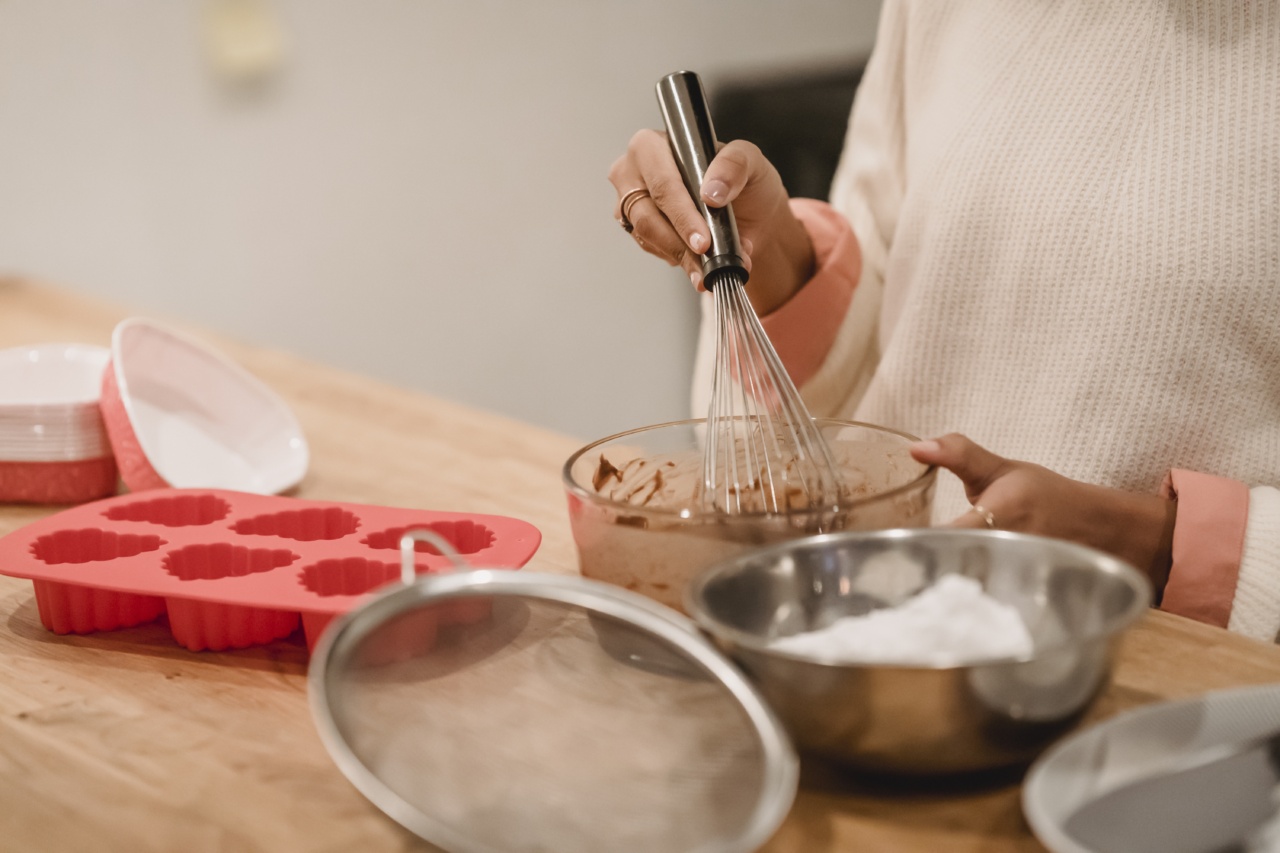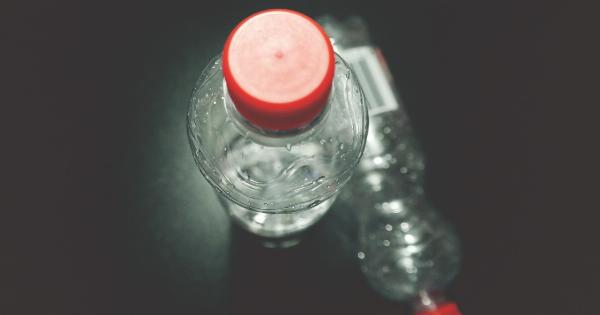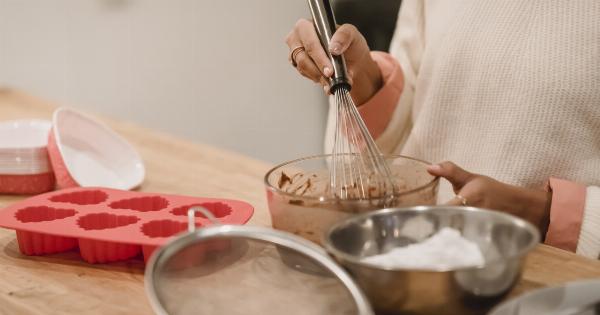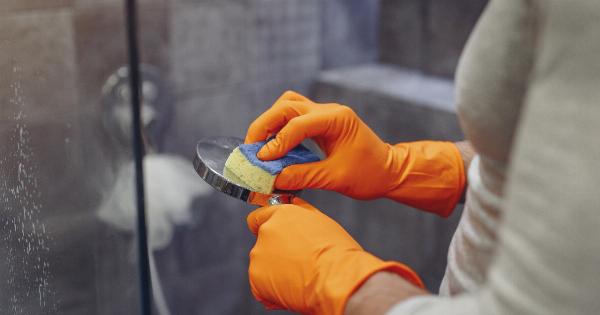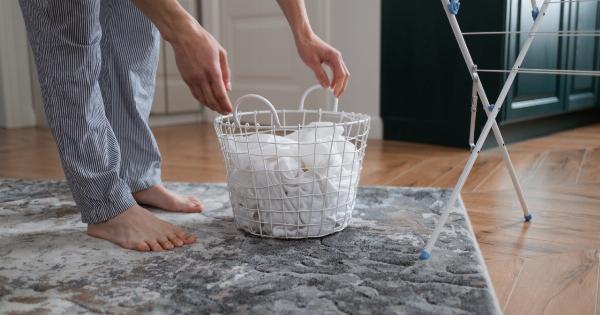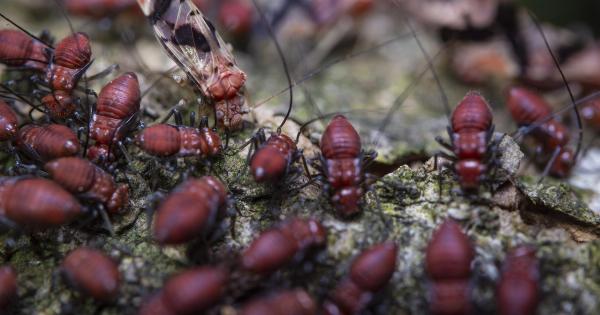Household mold is a common issue that many homeowners face. Not only can it be unsightly, but it can also pose health risks if left unaddressed.
In this complete guide, we will explore everything you need to know about household mold, from its causes and types to its prevention and removal.
What is Mold?
Mold is a type of fungus that thrives in moist environments. It reproduces by creating spores that can easily become airborne and spread.
Mold growth can occur both indoors and outdoors, but it becomes a problem in households when it starts colonizing and spreading on surfaces.
Causes of Household Mold
There are several factors that contribute to the growth of mold in households. Some of the most common causes include:.
1. Moisture and Humidity
Excessive moisture and humidity levels create the perfect breeding ground for mold. Areas with poor ventilation, such as bathrooms, basements, and kitchens, are particularly susceptible to mold growth.
2. Leaks and Water Intrusion
Leaky pipes, roof leaks, and water intrusion from flooding or faulty foundations can lead to moisture buildup, promoting mold growth. It is crucial to address these issues promptly to prevent mold infestation.
3. Condensation
When warm air meets a cold surface, condensation occurs. This often happens on windowsills, walls, and pipes. The moisture created from condensation can provide the ideal environment for mold to grow.
4. Poor Ventilation
Insufficient airflow and ventilation prevent moisture from drying out, encouraging mold growth. Areas with poor ventilation, such as attics and closets, should be checked regularly for mold.
Common Types of Household Mold
There are various types of molds that can be found in households. Some of the most commonly encountered ones include:.
1. Aspergillus
Aspergillus is a common indoor mold that can cause respiratory problems, especially in individuals with weakened immune systems. It is often found in damp areas like bathrooms and kitchens.
2. Stachybotrys
Stachybotrys, commonly known as black mold, is a toxic mold that can cause severe health issues. It thrives in areas with excessive moisture and can appear slimy and black.
3. Penicillium
Penicillium is a type of mold that can produce allergens and mycotoxins. It can be found in water-damaged buildings, on food, and other organic materials.
4. Cladosporium
Cladosporium is a mold that can grow on both indoor and outdoor surfaces. It tends to appear black or green and can trigger allergies and respiratory issues.
Preventing Mold Growth
Preventing mold growth is essential to maintain a healthy home environment. Here are some preventive measures you can take:.
1. Proper Ventilation
Ensure that your home is adequately ventilated to reduce moisture buildup. Use exhaust fans in bathrooms and kitchens, and open windows to allow fresh air circulation.
2. Fix Leaks and Water Intrusion
Address any leaks or water intrusion issues promptly. Repair leaky pipes, roofs, and windows to prevent moisture from seeping into your home.
3. Control Humidity Levels
Maintain optimal humidity levels in your home, ideally between 30% and 50%. Use dehumidifiers in excessively humid areas and monitor indoor humidity levels using a hygrometer.
4. Proper Insulation
Insulating your home properly can help prevent condensation and reduce the risk of mold growth. Ensure that walls, windows, and pipes are adequately insulated.
Removing Mold
If you discover mold growth in your home, it is crucial to address it promptly and effectively. Here’s a step-by-step guide on how to remove mold:.
1. Wear Protective Gear
Before starting the mold removal process, make sure to wear protective gear, including gloves, goggles, and a mask, to avoid inhaling spores or coming into direct contact with the mold.
2. Identify and Fix the Source of Moisture
Determine the source of moisture that caused the mold growth and fix it. Whether it’s a leaky pipe or poor ventilation, addressing the root cause is essential to prevent mold from reoccurring.
3. Contain the Affected Area
Seal off the mold-infested area to prevent the spores from spreading. Use plastic sheets and duct tape to create a barrier, and consider using a negative air machine to capture airborne spores.
4. Remove the Mold
Scrub the mold-infested surfaces using a mixture of detergent and water. For porous materials that cannot be effectively cleaned, such as drywall or carpet, it is often best to remove and replace them.
5. Dry and Disinfect the Area
Thoroughly dry the cleaned area to eliminate any remaining moisture, as mold thrives in damp environments. Once dry, use a bleach or vinegar solution to disinfect the surfaces and kill any remaining spores.
Seeking Professional Help
While small-scale mold removal can often be done by homeowners, extensive mold infestations or molds causing health issues may require professional assistance.
Don’t hesitate to contact reputable mold remediation experts for a thorough inspection and effective removal.
Conclusion
Understanding household mold is crucial for every homeowner. By knowing the causes, types, prevention methods, and proper removal techniques, you can effectively combat mold growth and maintain a healthy living environment.
Regular inspections, prompt repairs, and proper maintenance will help keep your home mold-free and ensure the well-being of your family.
